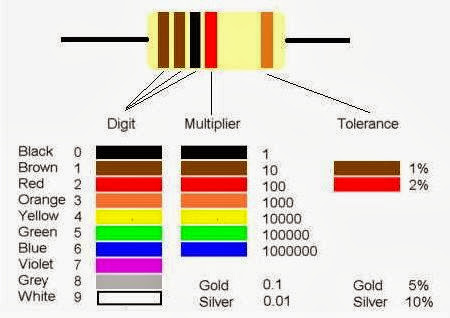Question papers (Previous years)
3rd sem :
question papers are one of the important tools to prepare for externals
click on the below link to download question papers of third sem in zip file format (all subjects)
Download
5th sem :
Even after studying all the materials such as notes, TBs etc., preparation will not be completed once if you go through the question papers will increase your confidence levels
so here we present the previous year question papers click on below link to download zip file (5 subjects)
3rd sem :
question papers are one of the important tools to prepare for externals
click on the below link to download question papers of third sem in zip file format (all subjects)
Download
5th sem :
Even after studying all the materials such as notes, TBs etc., preparation will not be completed once if you go through the question papers will increase your confidence levels
so here we present the previous year question papers click on below link to download zip file (5 subjects)
